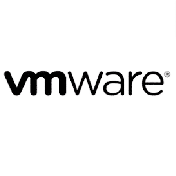Seminarinhalt
Objective
- Identify data management considerations and access methods
- Code assembler language programs which:
- Conform to standard linkage conventions using save area chaining
- Define and use BSAM/QSAM datasets through standard I/O macros
- Define and execute user macros which contain:
- Positional and/or keyword parameters
- Fixed or variable entry parameter lists
- Conditional assembly logic
- Use variable length storage operations (that is, EX, MVCL, and so on)
- Employ more complex instructions (that is, TR, TRT, BXLE, and so on)
- Access JCL parameter data
- Employ LE date/time handling services
- Identify reentrant coding considerations and dynamic storage acquisition
Programm
Welcome
Unit 1: Review
Unit 2: Assembler instructions
Unit 3: Linkage
Unit 4: LE date/time handling
Exercise 1: PARM handling and search
Day 2
Lab review
Unit 5: Access methods: BSAM/QSAM
Exercise 2: File handling
Day 3
Lab review
Unit 6: Assembler compile-time options
Unit 7: SNAP dumps
Unit 8: Macros and the Conditional Assembly Language
Exercise 3: Macro modification
Day 4
Lab review
Unit 9: Miscellaneous instructions
Unit 10: Floating point data
Unit 11: Reentrant coding
Class wrap-up




